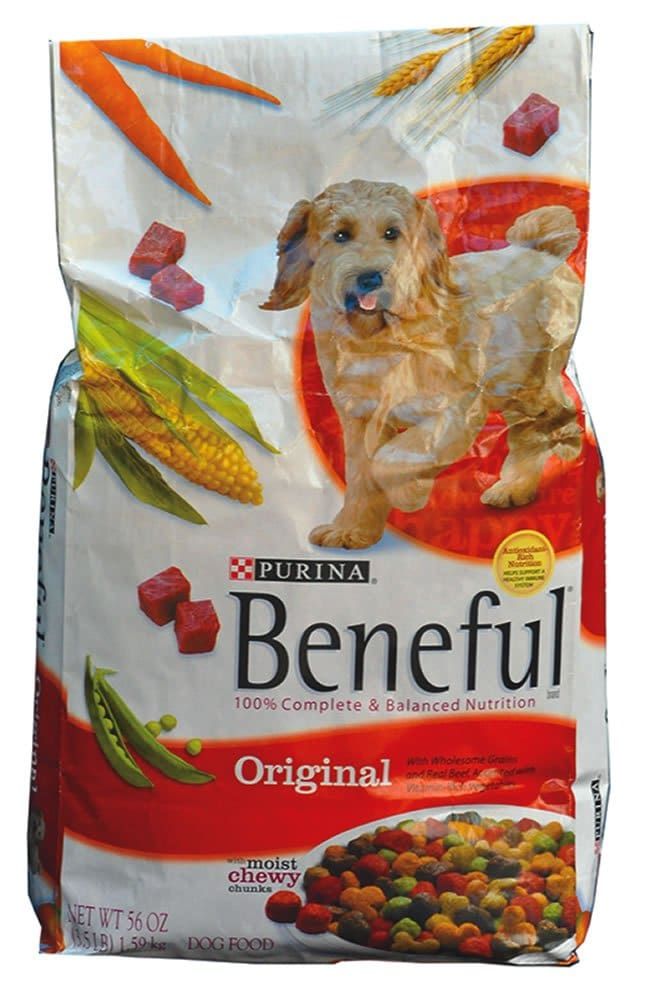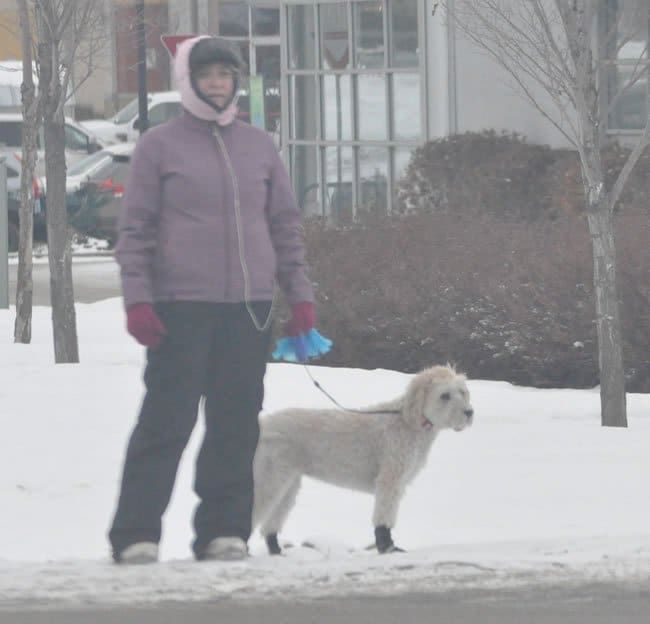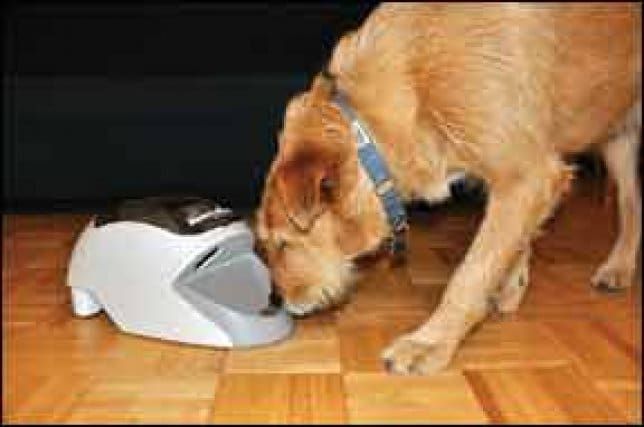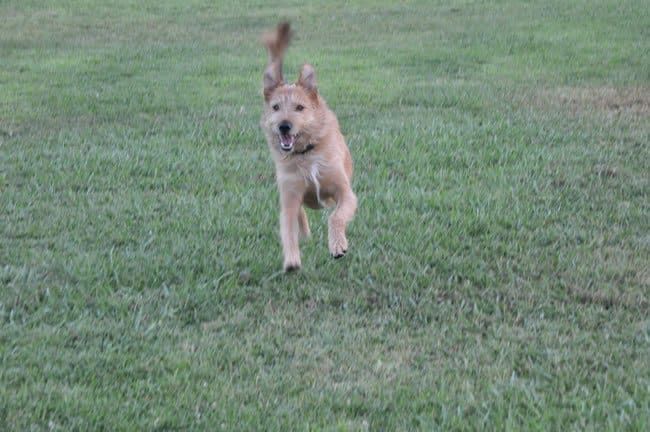Some companies own and operate their own manufacturing plants; some of these make only their own products, and others make their own and other companies foods, too. Still other companies, especially the smaller ones, use contract manufacturers, a.k.a., co-packers, to make their foods for them. There are benefits and challenges of both arrangements.
When a company owns and operates its own plant, it has full control of the entire food-making process: sourcing ingredients and managing their in-flow and storage; hiring, training, and managing workers; equipment maintenance and cleaning; product testing (requiring at least a minimal lab, and space and a system for retaining product samples); and so on. When things go wrong, there is no one to blame but themselves; they are in full control of the whole process. Many people feel its safest to buy products only from those companies that own and operate their own manufacturing facilities.
But owning and running a plant is unthinkably costly; few small companies can afford the expense, so they contract the services of a co-packer, and build as little or as much control or oversight of the manufacturing process into their contract as they like. Some companies leave it to the experts, taking a hands-off approach to the production of their products, while others insist on things like sourcing their own ingredients and having a company representative present for every run of their products, from start to finish.
When a food company hires a competent, ethical contract manufacturer and is educated enough to provide meaningful oversight of the services it hired, the relationship can work out well for all concerned, including you and your dogs.
Unfortunately, when something goes wrong say, a recall and sick dogs unscrupulous companies can be quick to point fingers at each other. The co-packer will say it was following the recipe and using the ingredients specified by the dog-food company. The company will say, Thats not what we told them to use! They screwed up! Lawsuits fly. Settlements happen. Consumers are none the wiser as to who actually messed up, and how. And our dogs pay the price.


















